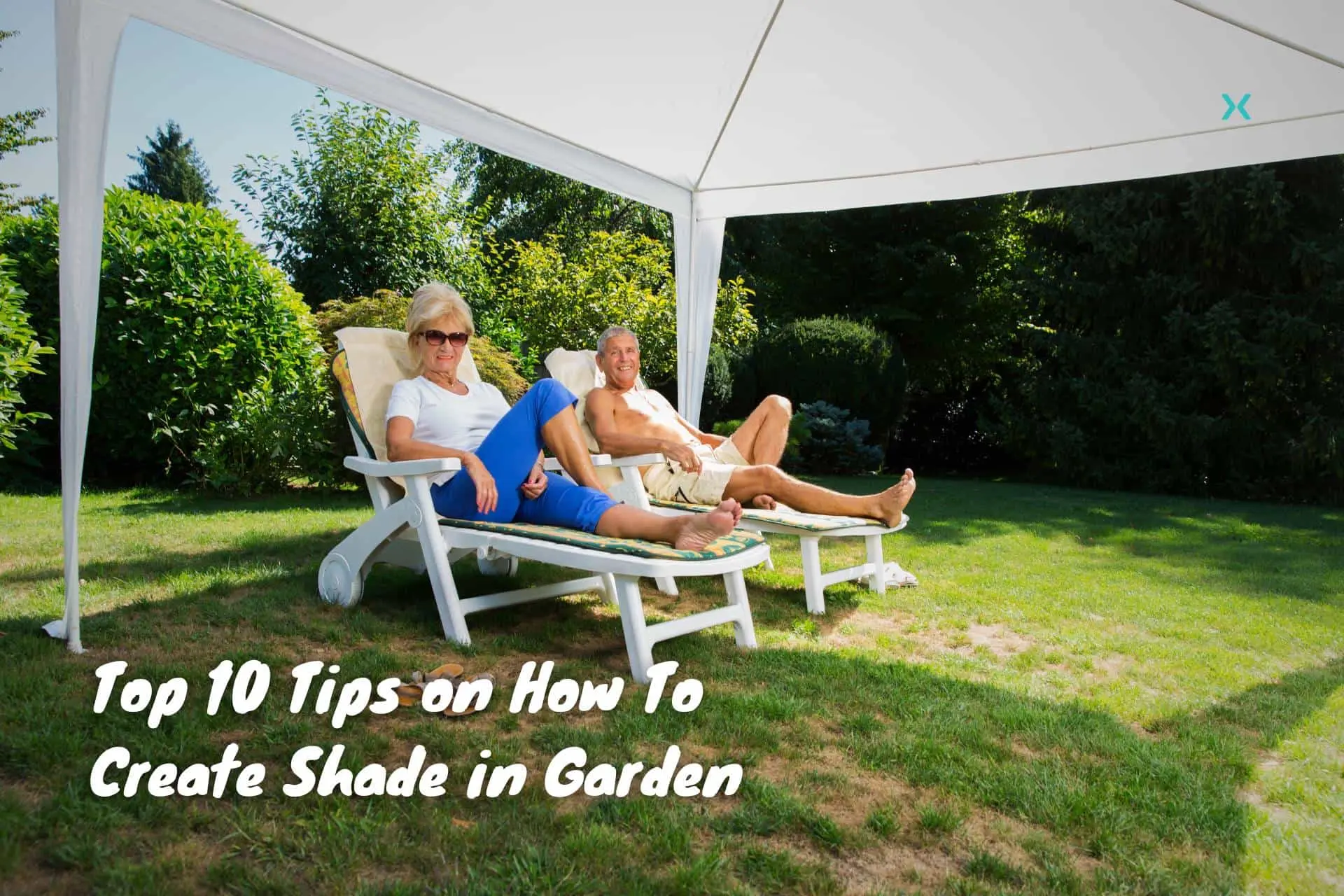🏡 Top 10 Tips on How To Create Shade in Garden
When it comes to enjoying your garden, one of the biggest considerations is keeping cool and comfortable in the shade. Here are 10 garden shade ideas for which you can create shelter and add depth to your outdoor space without sacrificing style.
Table of Contents
🏡 1. Planting Trees for Natural Shade
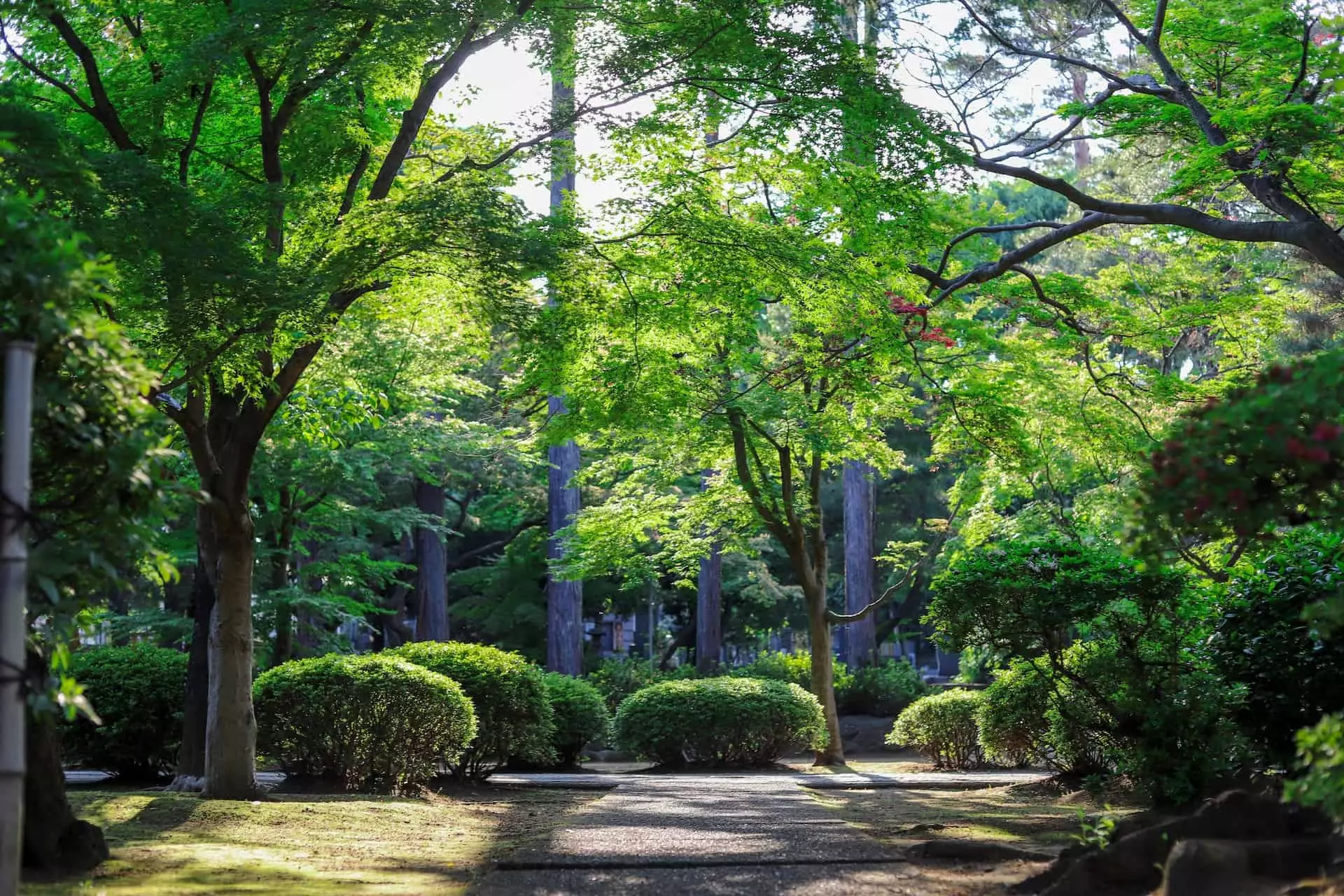
Your first option for providing shade in your garden is to plant trees.
Trees are not only the most natural way to add shade, but they also provide a shady garden with multiple additional benefits such as oxygen production, wildlife habitat, and carbon storage.
When it comes to choosing the right trees for your garden, there are a few things to consider.
First, you need to think about the tree’s growth habit, its size when mature, and its shape.
This will help you determine whether the tree will be a good fit for your space and whether it will provide the amount of shade you need.
You should also factor in the amount of sunlight that your garden receives, as different tree species have different light requirements and react differently to dappled shade.
Some popular tree species for your shade gardens include oak, maple, and birch.
These trees are known for their large canopies and dense foliage, which make them ideal for providing shade in your garden.
✅ PRO TIP: Dappled shade, characterized by a speckled pattern of sunlight filtering through the foliage, creates a visually appealing and cooling effect in your garden, perfect for nurturing shade-loving plants.
🌲 Choosing the Right Trees
When selecting a tree type, it’s important to consider the tree’s overall health and vitality.
Look for trees that are disease-resistant and have strong root systems.
This will help ensure that your tree will thrive in your garden and provide shade for many years to come.
Another factor to consider when choosing trees for shade is their maintenance requirements.
Some tree species require more pruning and upkeep than others, so make sure you choose a tree that fits your maintenance schedule and abilities.
🌲 Optimal Tree Placement
After selecting a tree type, you need to think about where to plant it.
Trees should be placed in areas that don’t interfere with infrastructure or other plants.
Additionally, trees should be spaced apart to allow ample sunlight to reach them, and they should be planted with plenty of room to grow.
When deciding where to plant your shade trees, consider the layout of your garden and the areas where you need shade the most.
For example, if you have a patio or outdoor seating area, you may want to plant trees nearby to provide shade during the hottest parts of the day.
Alternatively, if you have a vegetable garden, you may want to plant trees on the south or west side of your garden to provide shade during the hottest part of the day.
Overall, planting trees for shade is an excellent way to add natural beauty and functionality to your garden.
With careful selection and placement, you can create a comfortable and inviting outdoors that you can enjoy for years to come.
🏡 2. Installing Pergolas and Gazebos
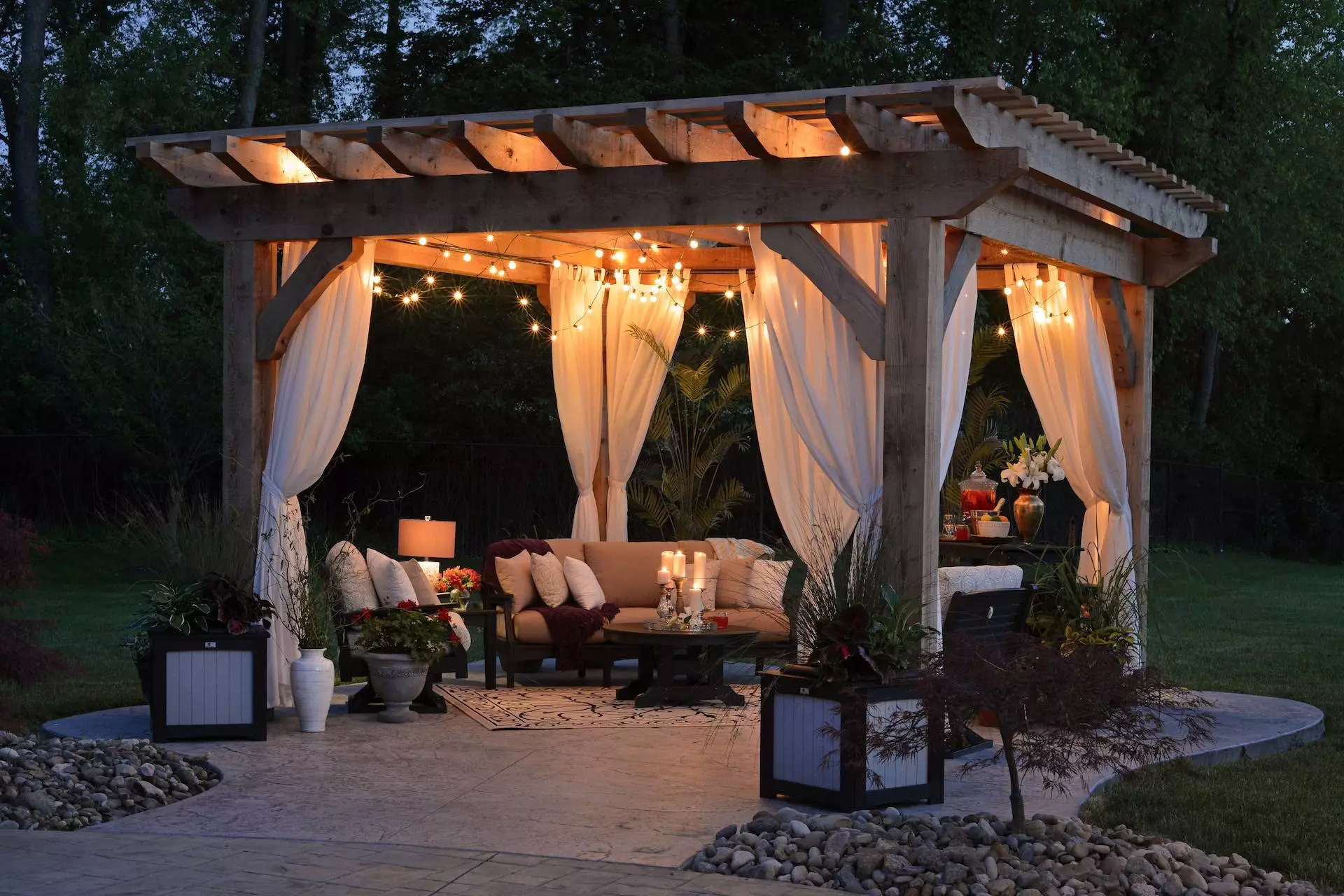
Pergolas and gazebos are a stylish and functional way to provide shade in your garden.
They work by providing overhead coverage, which can be adjusted with lattices or drapes to suit your needs.
Not only do they provide shade, but they also add an element of design to your shade garden.
When choosing a pergola or gazebo, consider the size and shape of your garden.
A small garden may benefit from a freestanding pergola, while a larger garden may require an attached or cantilevered pergola for more coverage.
🌲 Pergola Design Ideas
There are different types of pergolas to choose from, such as freestanding, attached, and cantilevered.
Each type of pergola has its own unique advantages.
A freestanding pergola can be placed anywhere in your garden, while an attached pergola can be built onto an existing garden structure, like a deck, patio or rear exterior wall.
A cantilevered pergola is ideal for a garden with limited space, as it can be attached to a wall or post and extend outwards without taking up too much room.
When it comes to materials, wood is a popular choice for pergolas.
It’s durable, easy to work with, and can be painted or stained to match your outdoor decor.
Metal pergolas are also an option, offering a sleek and modern look.
Vinyl pergolas are low-maintenance and resistant to rot, making them a great choice for those who want a long-lasting structure.
Consider adding climbing plants like roses or ivy to your pergolas for extra ambiance.
The plants can grow up and around the structure, creating a natural and beautiful canopy of greenery.
🌲 Gazebo Styles and Materials
Gazebos are similar to pergolas, but they have a closed roof and fewer open lattice elements.
They can be ideal for gardens that need full shade. Styles range from standard to ornate metal and wood designs.
When it comes to materials, wood is a popular choice for gazebos.
It’s durable, easy to work with, and can be painted or stained to match your outdoor decor.
Metal gazebos offer a modern look, while vinyl gazebos are low-maintenance and resistant to rot.
Consider adding outdoor lighting and heating options to your gazebo for a cozy and inviting atmosphere.
String lights or lanterns can be hung from the roof, while spotlights can be placed around the perimeter for added security.
Overall, pergolas and gazebos are a great addition to any garden.
They provide shade, add an element of design, and can be customized to suit your needs.
With so many styles and materials to choose from, there’s sure to be a pergola or gazebo that’s perfect for your outdoor area.
🏡 3. Adding Shade Sails
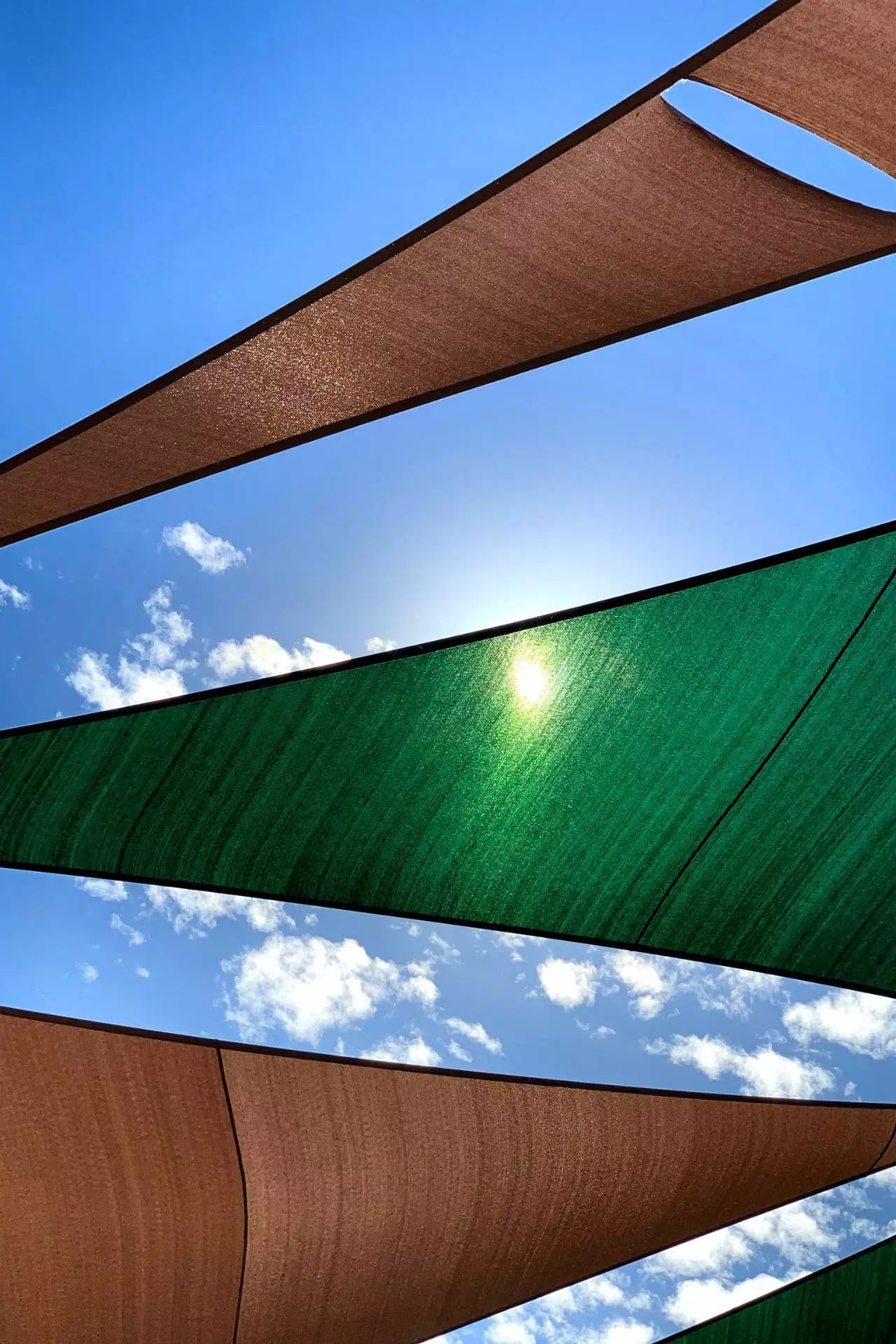
A full shade cloth or sail is not only a practical solution to protect you from the sun’s harmful rays, but it can also add a stunning design feature to your garden.
With its versatility and affordability, it’s no wonder why more and more people are opting for shade sails to enhance their outdoor living space.
🌲 Selecting the Right Shade Sail
When it comes to selecting the right shade sail, there are a few things to consider.
Firstly, you need to think about the size and shape of the area you want to cover.
Shade sails come in a variety of shapes and sizes, including triangle, square and rectangle, so you can choose one that best fits your space.
Another factor to consider is the color of your shade sail.
While neutral colors like beige and grey are popular choices, you can also opt for brighter colors to add a pop of personality to your outdoor space.
Additionally, you can install multiple shade sails in different colors and sizes to create a layered effect and add visual interest to your garden.
It’s important to note that while shade sails are designed to withstand various weather conditions, heavy rain and strong winds can cause damage to your sail.
To prevent damage, it’s recommended that you remove your sail during heavy rain and windy conditions.
🌲 Installation Tips
Installing a shade sail may seem like a daunting task, but with the right tools and guidance, it can be a simple and straightforward process.
The key to a successful installation is proper tension.
A loose sail can flap around in the wind and cause damage to your installation points, while an overly tight sail can put unnecessary strain on your sail and cause it to tear.
Before installing your shade sail, ensure that your installation points are sturdy enough to support the weight of the sail.
This is especially important during windy conditions, as the wind can put extra strain on your installation points.
If you’re not confident in your ability to install your shade sail, it’s recommended that you seek the help of a professional to ensure a safe and secure installation.
Once your shade sail is installed, sit back, relax, and enjoy your newly shaded outdoor garden.
With its practicality and aesthetic appeal, a shade sail is a great addition to any garden or outdoor living and dining area.
🏡 4. Utilizing Umbrellas and Parasols
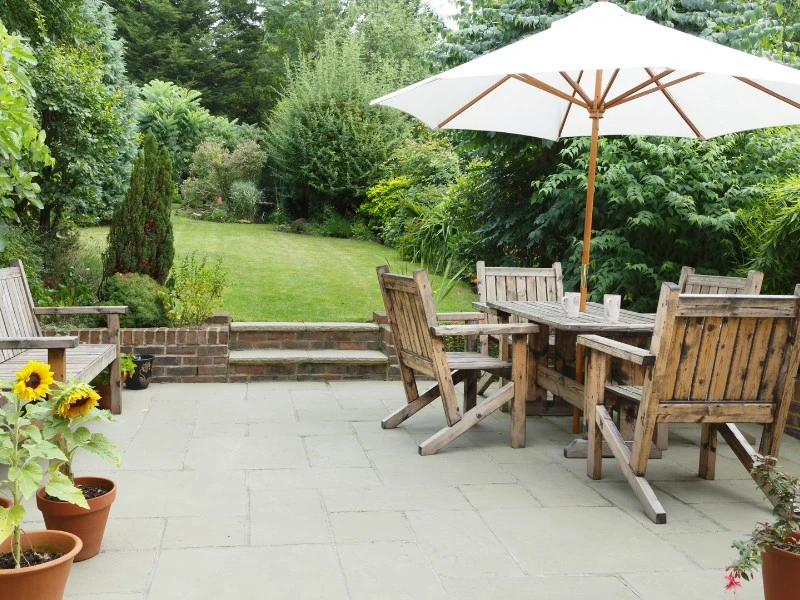
Umbrellas and parasols are a classic and elegant way to provide shade in the garden.
They come in various colors, shapes, and sizes to allow you to choose the one that suits your garden’s style best.
Not only do umbrellas and parasols provide shade, but they also add a touch of sophistication to your garden.
The gentle swaying of the fabric in the breeze creates a calming and relaxing atmosphere.
🌲 Types of Garden Umbrellas
You can choose between a freestanding or table-mounted umbrella, depending on your needs.
Keep in mind that you may also want to choose an umbrella with an adjustable angle to keep up with the sun’s movements throughout the day.
Freestanding umbrellas are a great option for larger gardens or outdoor patios.
They can be easily moved around to provide shade wherever it is needed.
Table-mounted umbrellas, on the other hand, are perfect for smaller gardens or outdoor dining areas.
When selecting an umbrella, it is important to consider the material it is made of.
A high-quality umbrella will be made of durable materials that can withstand the elements. Look for umbrellas made of materials such as aluminum or fiberglass.
🌲 Creative Parasol Ideas
Parasols, while often used for portable shade, can also be incorporated into unique garden designs.
Consider suspending a collection of parasols from a tree or positioning a cluster of parasols in an open area for a striking visual.
Parasols can also be used as a decorative element in your garden. Choose parasols with intricate designs or patterns to add a pop of color and interest to your outdoor space.
Another creative way to use parasols in your garden is to turn them into a DIY project.
Purchase plain parasols and decorate them with paint or fabric to create a one-of-a-kind design that reflects your personal style.
Overall, umbrellas and parasols are a versatile and stylish way to provide shade in your garden.
With so many options available, you are sure to find the perfect umbrella or parasol to suit your needs and enhance the beauty of your outdoor space.
🏡 5. Creating Living Shade with Vines and Climbing Plants
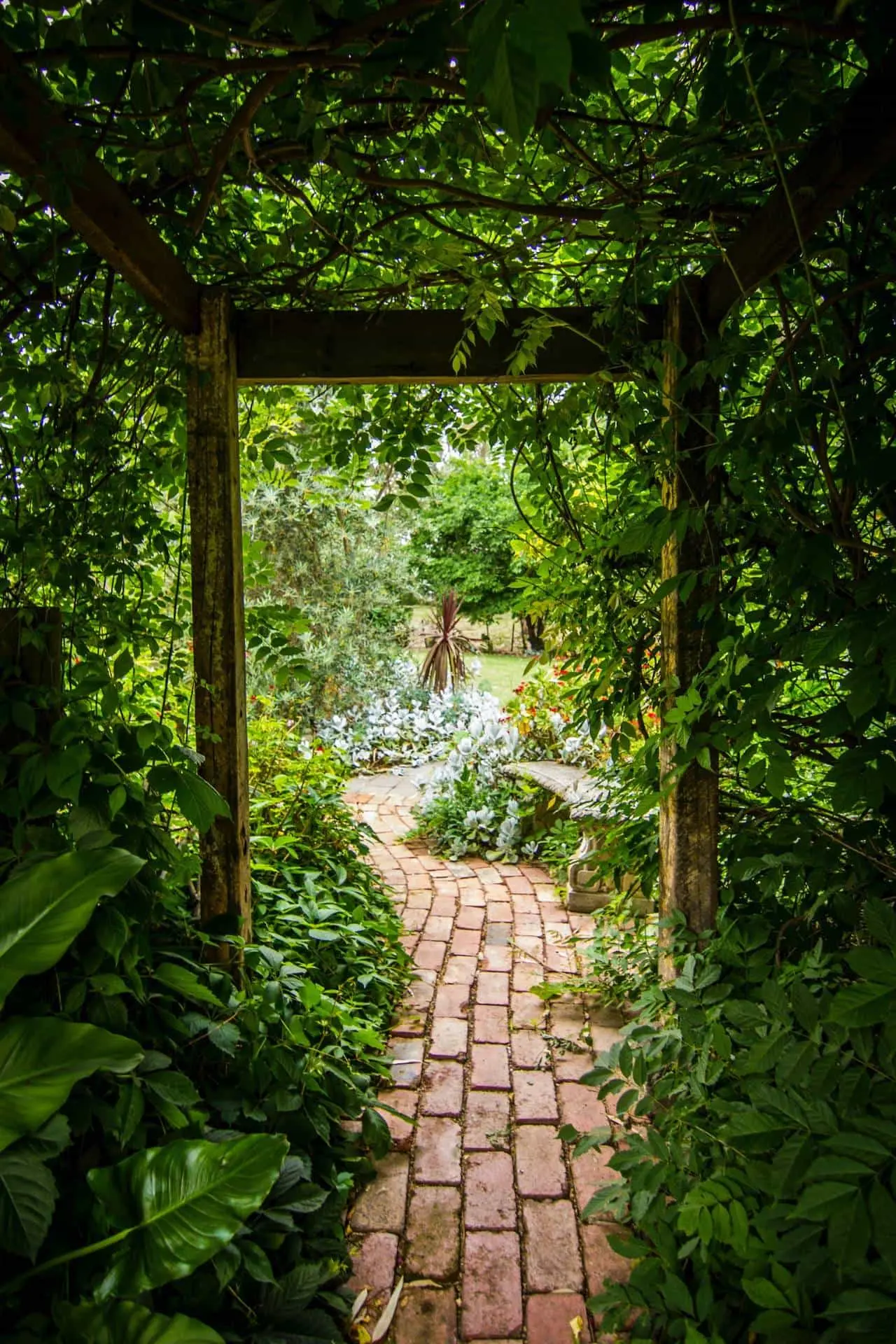
When it comes to creating natural shade in your garden, there are many options to explore.
One of the best ways to achieve this is by planting vines and climbing plants.
Not only do they provide ample shade, but they also add a classic garden aesthetic that is hard to replicate with any other type of plant.
One of the best things about using vines and climbing plants for shade is that they utilize vertical space, which can be especially helpful if you have a small garden or limited outdoor space.
By growing upwards, these plants can provide shade without taking up too much room.
🌲 Best Vines for Shade
There are many different types of climbing plants that you can choose from, but some are better suited for creating shade than others.
Clematis, for example, is a great option for adding both shade and beauty to your garden.
With its delicate flowers and lush foliage, it can help create a serene and relaxing environment.
Wisteria is another popular choice for flowering plants while creating shade.
Its cascading blooms create a beautiful canopy overhead, and its woody vines can add a touch of rustic charm to any garden.
Finally, honeysuckle is a great option for those who want to attract pollinators to their garden while also providing shade.
Its fragrant flowers are a favorite of bees and butterflies, and its dense foliage can help block out the sun.
When planting climbing plants for shade, it’s important to ensure that you train them to stay within their designated areas.
This can be achieved by using a trellis or other type of support structure to guide the plant’s growth.
You’ll also want to provide strong and sturdy support for the plant to trail up, as some climbing plants can become quite heavy over time.
🌲 Supporting Structures for Climbing Plants
There are many different types of structures that you can use to support your climbing plants.
Trellises are a popular choice, as they can be easily attached to a wall or fence and provide a simple and effective way to guide the plant’s growth.
Arches and pergolas are also great options for creating a more dramatic effect.
These structures can be used to create a tunnel-like effect, with the climbing plants growing up and over the top.
When choosing a support structure for your climbing plants, it’s important to consider the size and weight of the plant, as well as the overall aesthetic of your garden. You’ll want to choose a structure that complements the plant’s natural growth pattern and helps to highlight its beauty.
Overall, using vines and climbing plants to create shade in your garden is a great way to add both beauty and functionality to your outdoor space.
With so many different options to choose from, you’re sure to find the perfect plant and support structure to give light shade to suit your needs.
🏡 6. Building a Garden Trellis
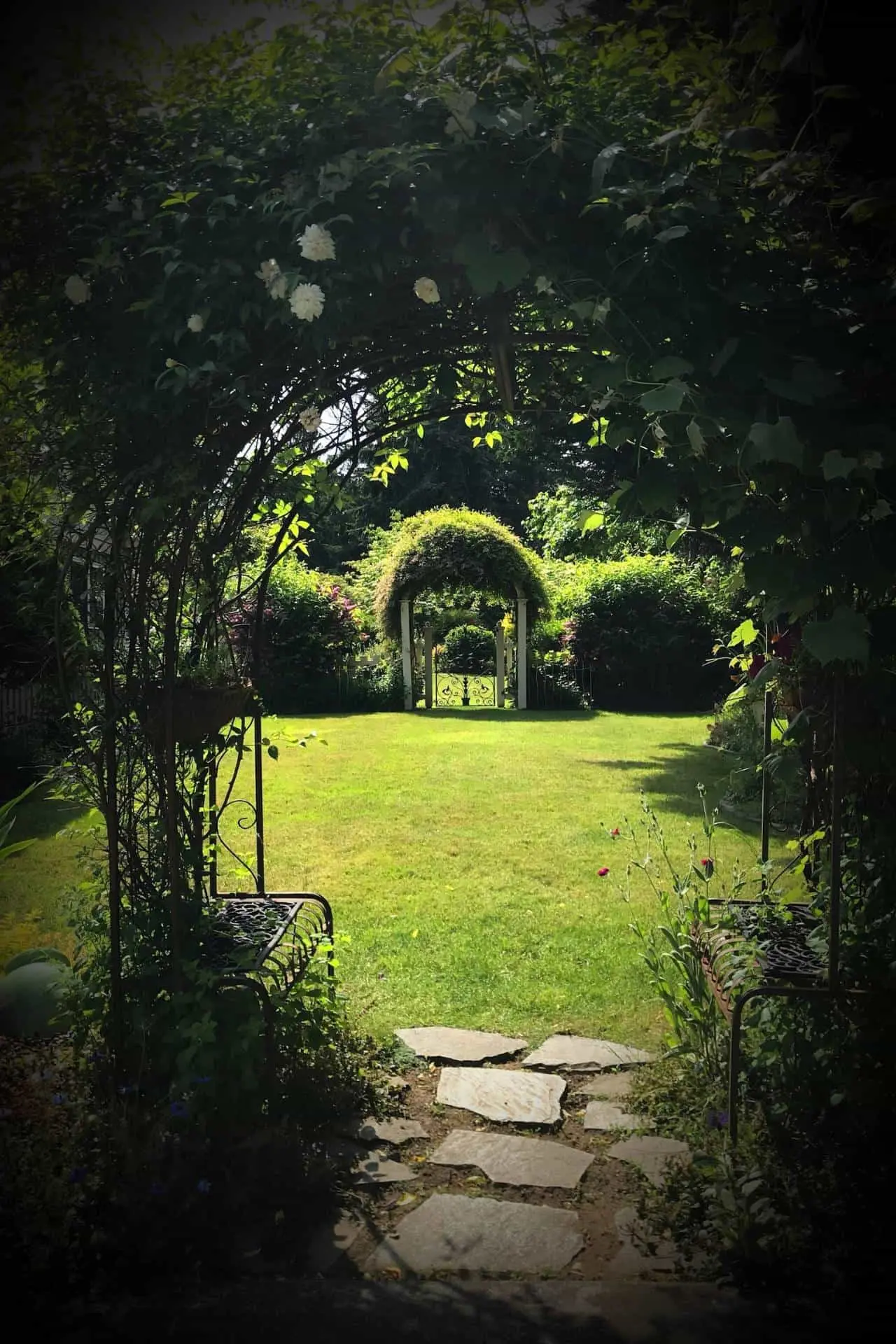
Similar to pergolas, trellises are a simple and attractive way to add greenery to your garden while also producing shade.
🌲 Trellis Design Options
Trellises come in a variety of sizes and styles, from simple and traditional to ornate and decorative. You can find them made from wood, metal, or even repurposed materials like an old doorframe.
🌲 DIY Trellis Projects
Building your trellis is an easy DIY project that requires minimal tools and materials.
You can customize your trellis with paint and unique accent pieces to suit your own garden’s décor.
🏡 7. Incorporating Retractable Awnings
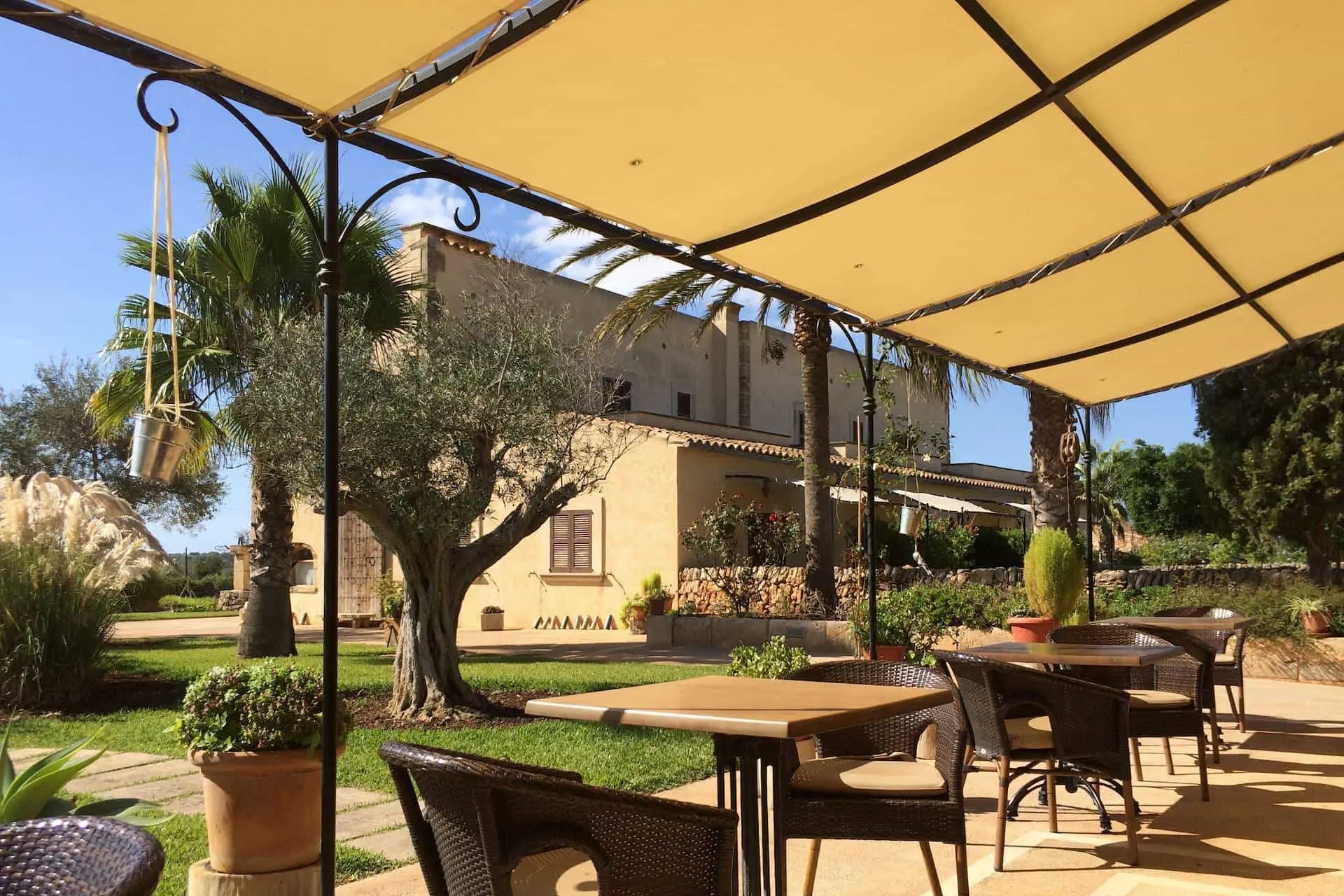
Retractable awnings are perfect for those who want more control over their shade.
They are adjustable and can be installed on walls or under pergolas to provide the perfect amount of shade garden protection from direct sunlight.
🌲 Choosing the Right Awning
There are many different types of residential awnings available, including manual and motorized versions, and you’ll want to consider the amount of space you have available to install them properly.
You may also want to opt for waterproof materials to protect you from unexpected rainfall.
🌲 Awning Installation and Maintenance
Retractable awnings are a significant investment in your garden and thus require proper installation and maintenance for maximum durability.
A professional installer can help ensure that it is installed correctly and that all care manuals are provided.
🏡 8. Designing a Shaded Patio or Deck
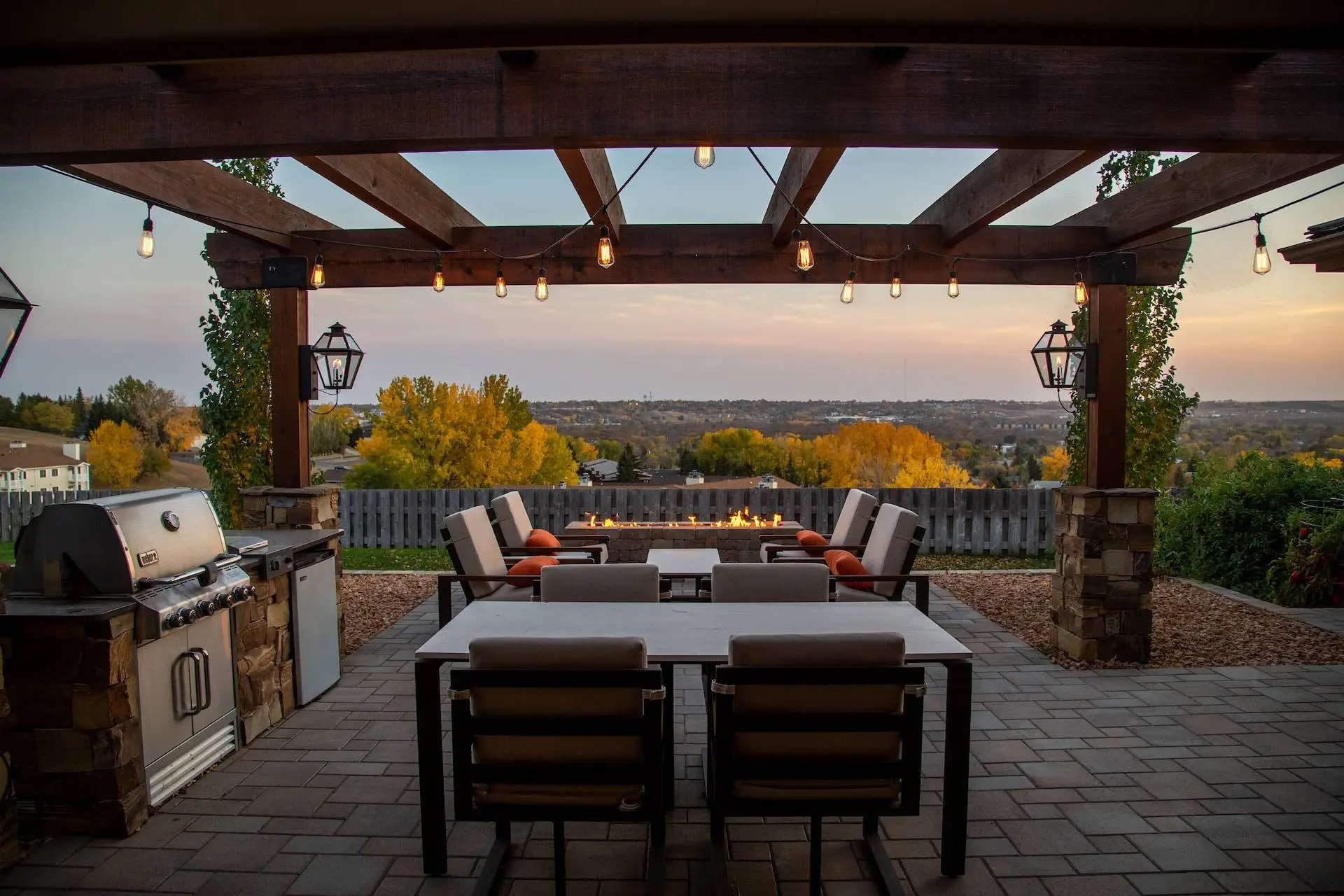
If you have limited garden space, designing a shaded patio or deck area can provide you with a functional area for relaxing and entertaining guests.
🌲 Patio Shade Ideas
Patio umbrellas, pergolas, and shade sails are all excellent options for creating shade on a patio.
You can also use an overhead trellis to grow climbing plants or shade the patio with large potted plants like ferns or palms.
🌲 Deck Shade Solutions
If you have a deck, shade can be created by adding a retractable awning, installing a shade sail, or covering parts of the deck with an overhead trellis in the same way as the patio.
You can also use potted shade plants or strategically placed patio umbrellas.
🏡 9. Using Portable Shade Structures
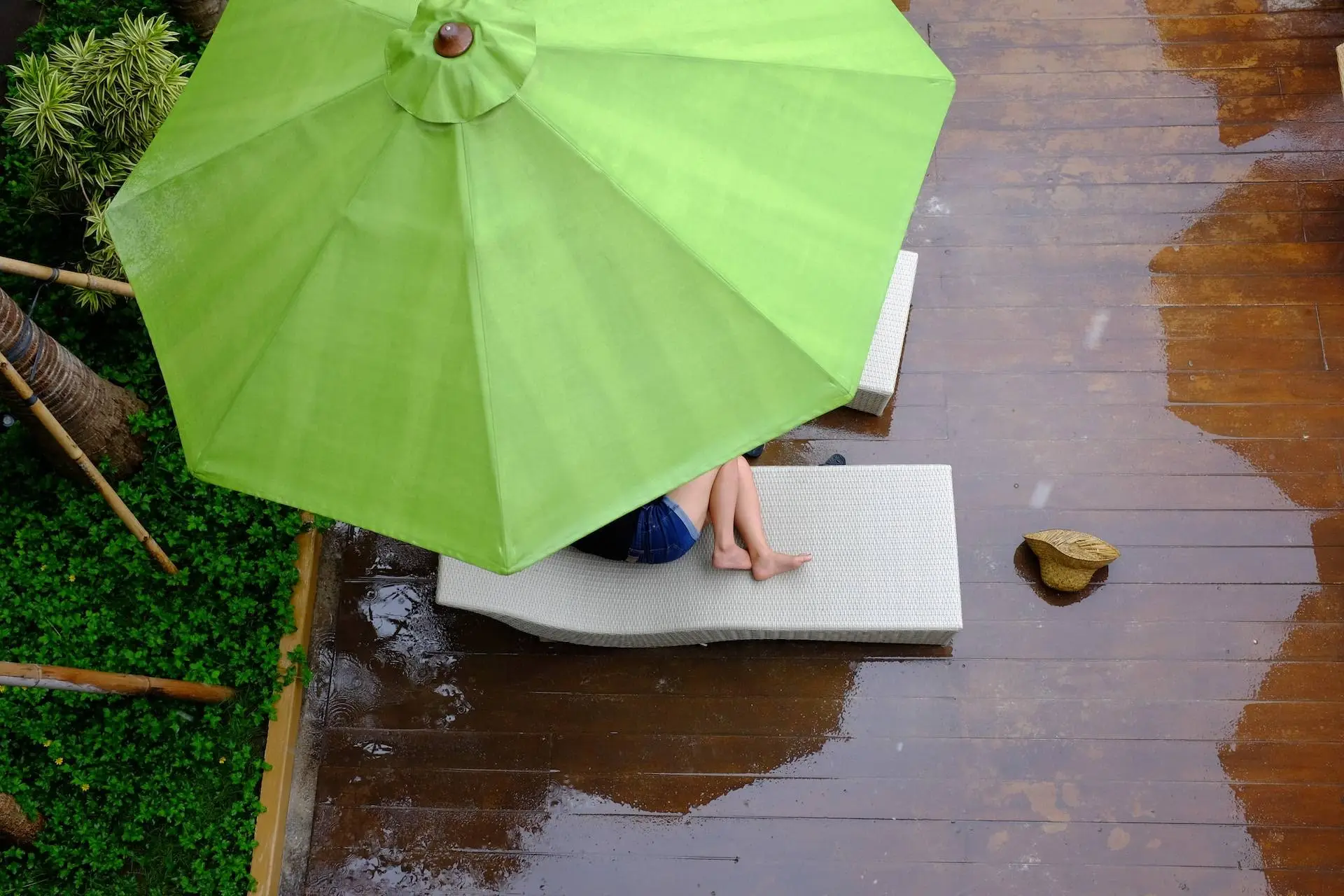
Portable garden shade structures are a great option if you have a small garden and want to keep your outdoor area flexible and functional.
🌲 Pop-up Canopies and Tents
Pop-up canopies and tents are easy to set up and take down and can be used to provide extra shade for a small gathering or to create a more comfortable experience while reading a book or having a meal outside.
🌲 Portable Shade for Kids and Pets
If you have children or pets, you can purchase portable shade structures like pop-up tents or portable sunshades to create safe, shady spaces for them to play or nap in.
🏡 10. Integrating Water Features for Cooling Effects
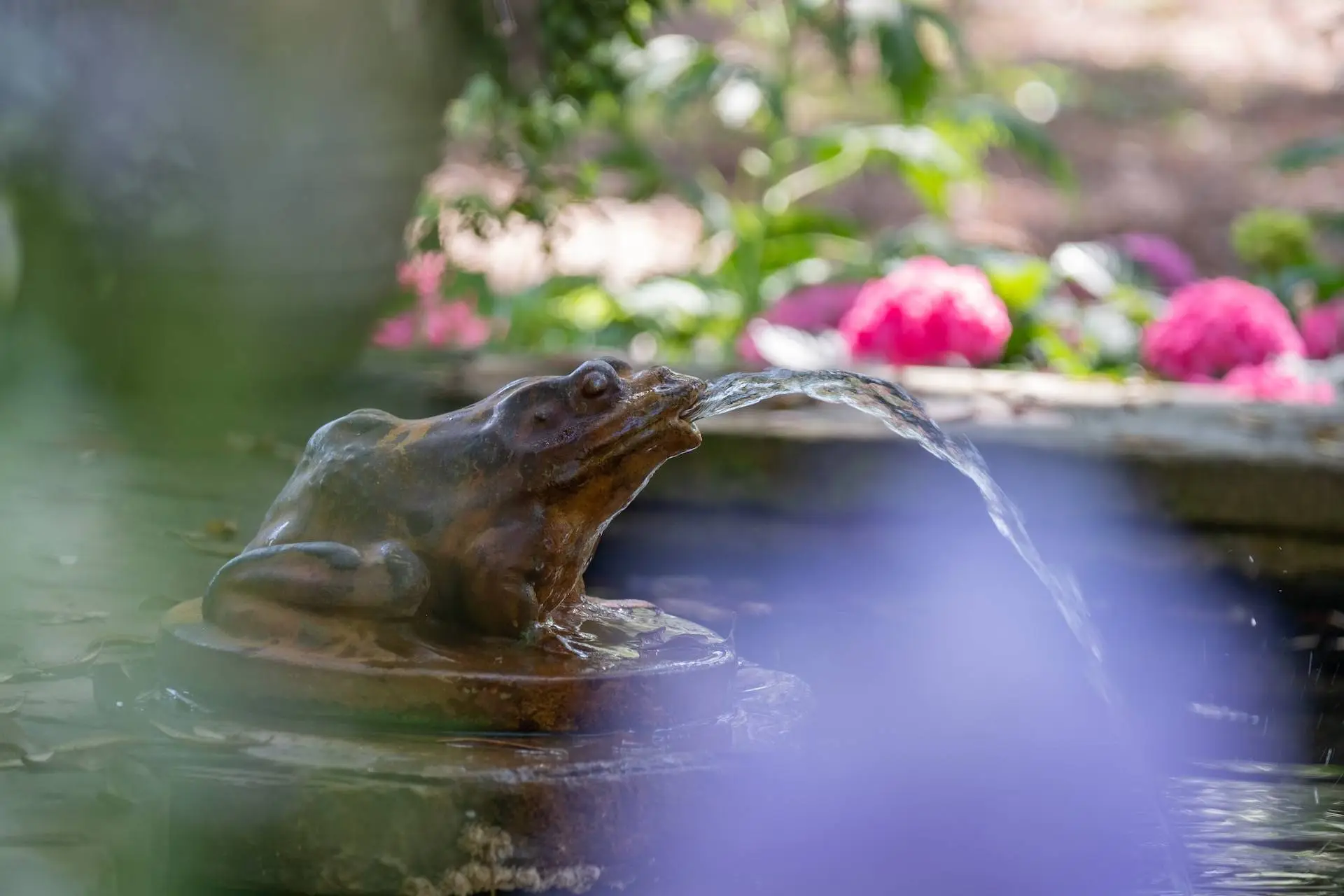
Water features can be an attractive way to enhance the beauty of your shade garden while also providing cool and calming spots to sit and relax.
🌲 Shaded Garden Ponds
If you have a pond, adding a small pergola over its edge will offer a shaded area to sit and enjoy the pond while also preventing too much algae growth by limiting sun exposure.
🌲 Fountains and Waterfalls
A fountain or small waterfall can provide not only a shady space to relax in the summer heat but also cooling moisture that can be refreshing on a hot day.
Water features are particularly useful in small gardens that can quickly overheat during summertime.
These are also great for providing a focal point to your outdoor garden design.
🏡 Final Thoughts

There are many great garden shade ideas to add shade to a garden, from natural solutions like planting trees to man-made structures like umbrellas and gazebos.
The key is to choose the option that fits your garden’s style and purpose while also providing the perfect shade for comfort.
📗 Want to learn more about your home? Check out our other homeowner articles!

